Health and Medicine
Explore Health and Medicine
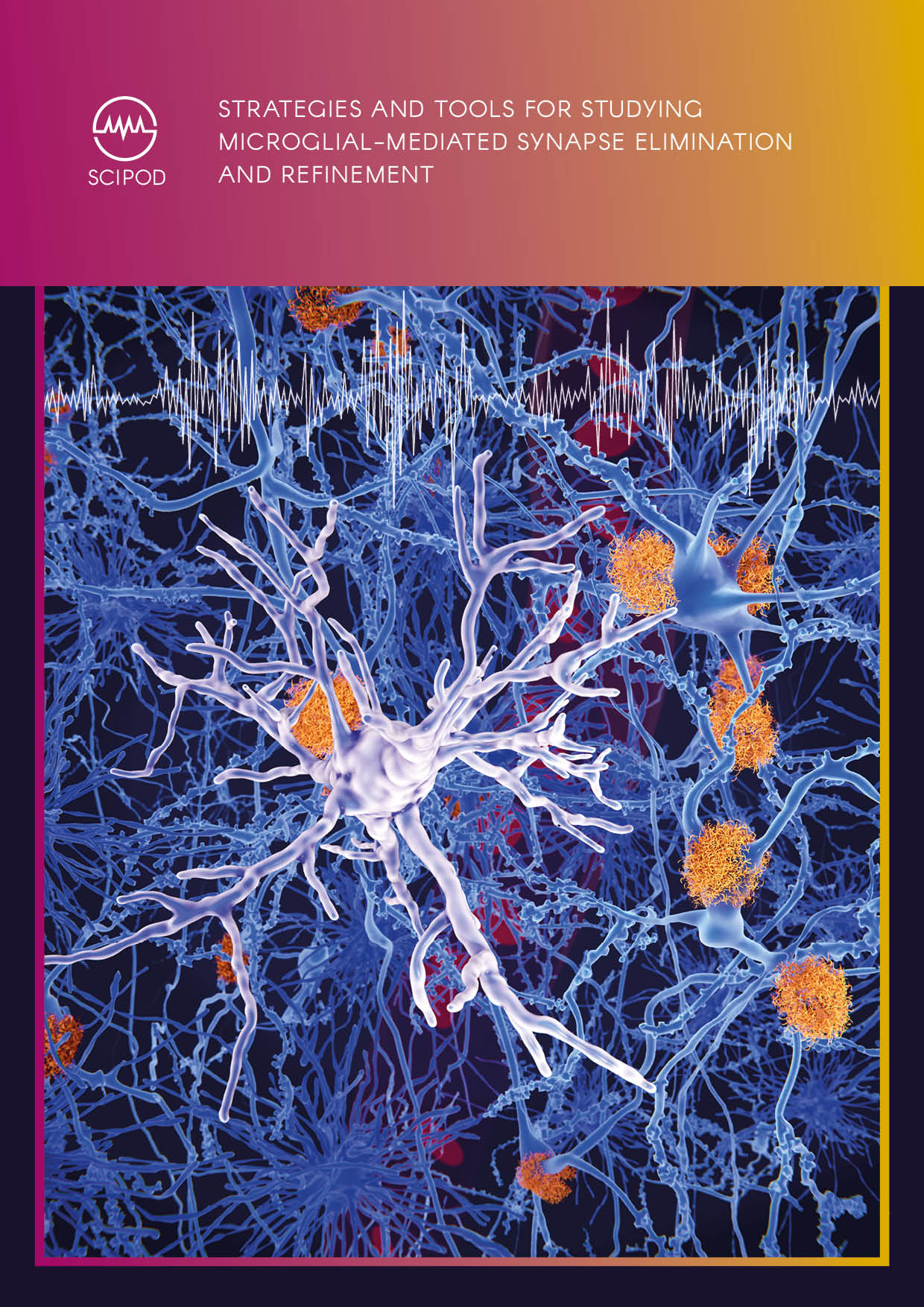
Strategies and Tools for Studying Microglial-Mediated Synapse Elimination and Refinement
SciPod · Strategies And Tools For Studying Microglial - Mediated Synapse Elimination And RefinementOriginal Article Reference This SciPod is a summary of the paper...
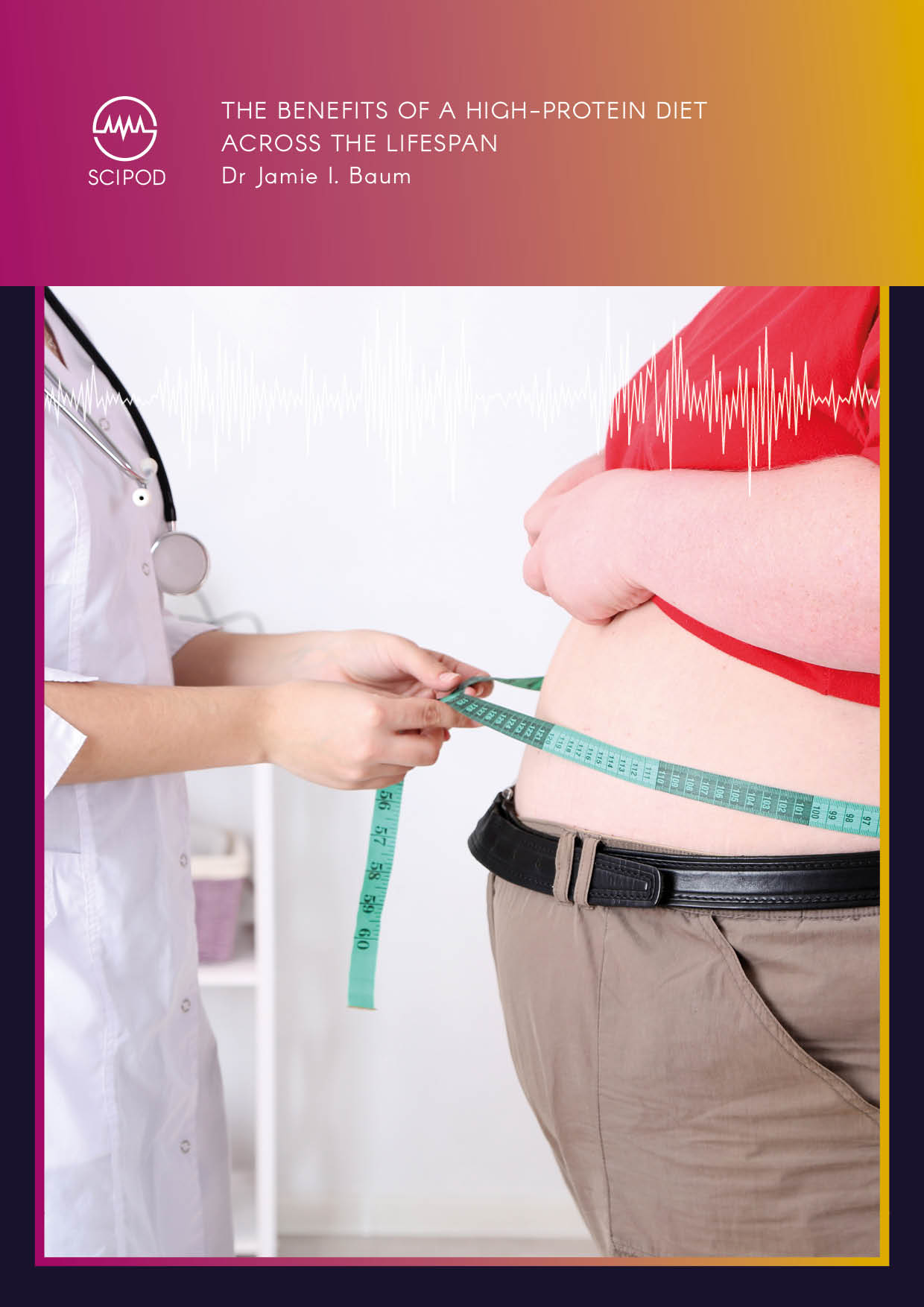
The Benefits Of A High – Protein Diet Across The Lifespan – Dr Jamie I. Baum, University Of Arkansas
SciPod · The Benefits Of A High - Protein Diet Across The Lifespan - Dr Jamie I. Baum, University Of ArkansasOriginal Article Reference This SciPod is a summary of the...

Exploring the Evolution of Learning Fuelled by Mobile Technology – Dr Julia Bello Bravo, Purdue University
SciPod · Exploring the Evolution of Learning Fuelled by Mobile TechnologyOriginal Article Reference This SciPod is a summary of the paper ‘Breaking out: the turning...
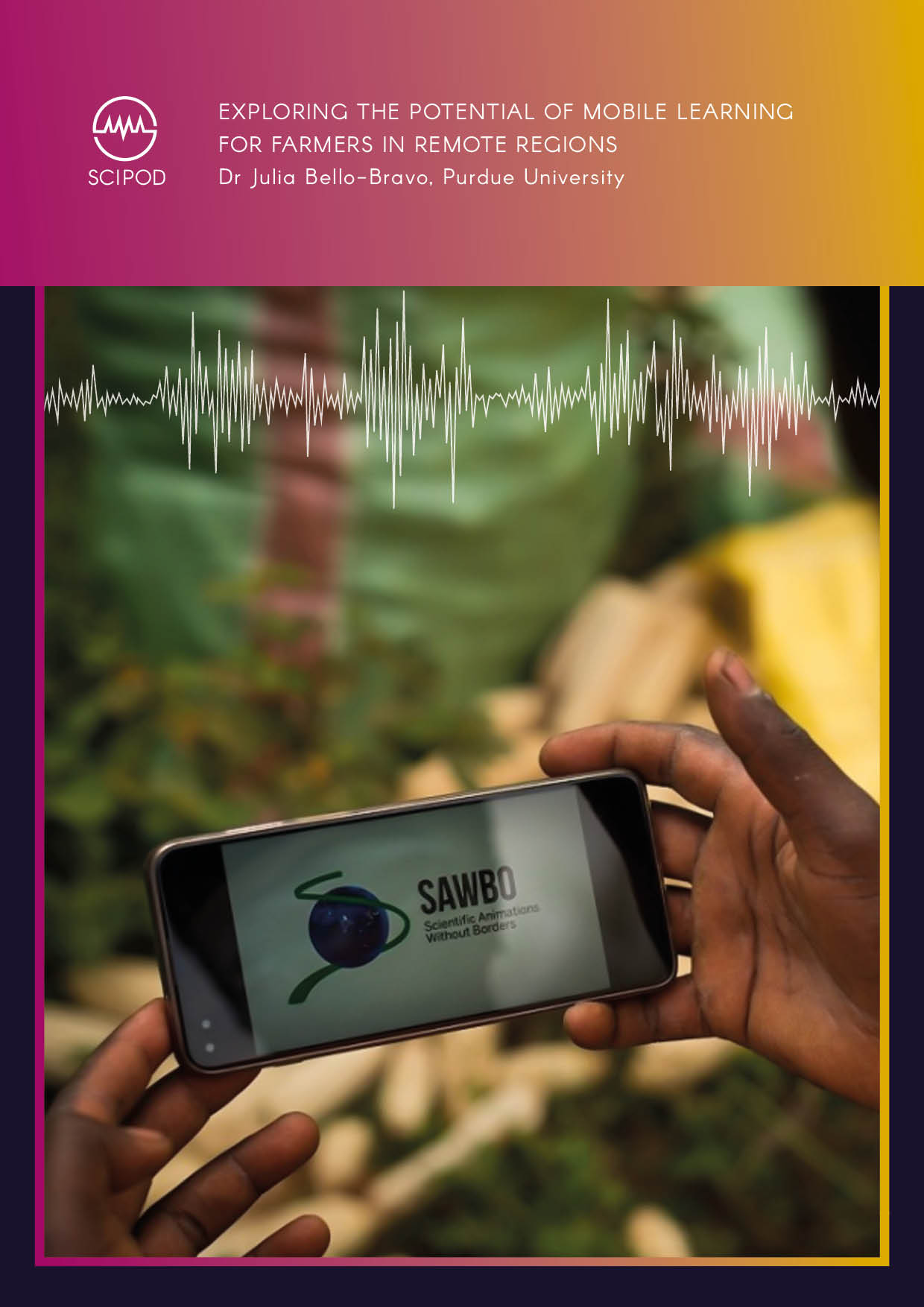
Exploring the Potential of Mobile Learning for Farmers in Remote Regions – Dr Julia Bello-Bravo, Purdue University
SciPod · Exploring the Potential of Mobile Learning for Farmers in Remote RegionsOriginal Article Reference This SciPod is a summary of the paper ‘An 89% solution...
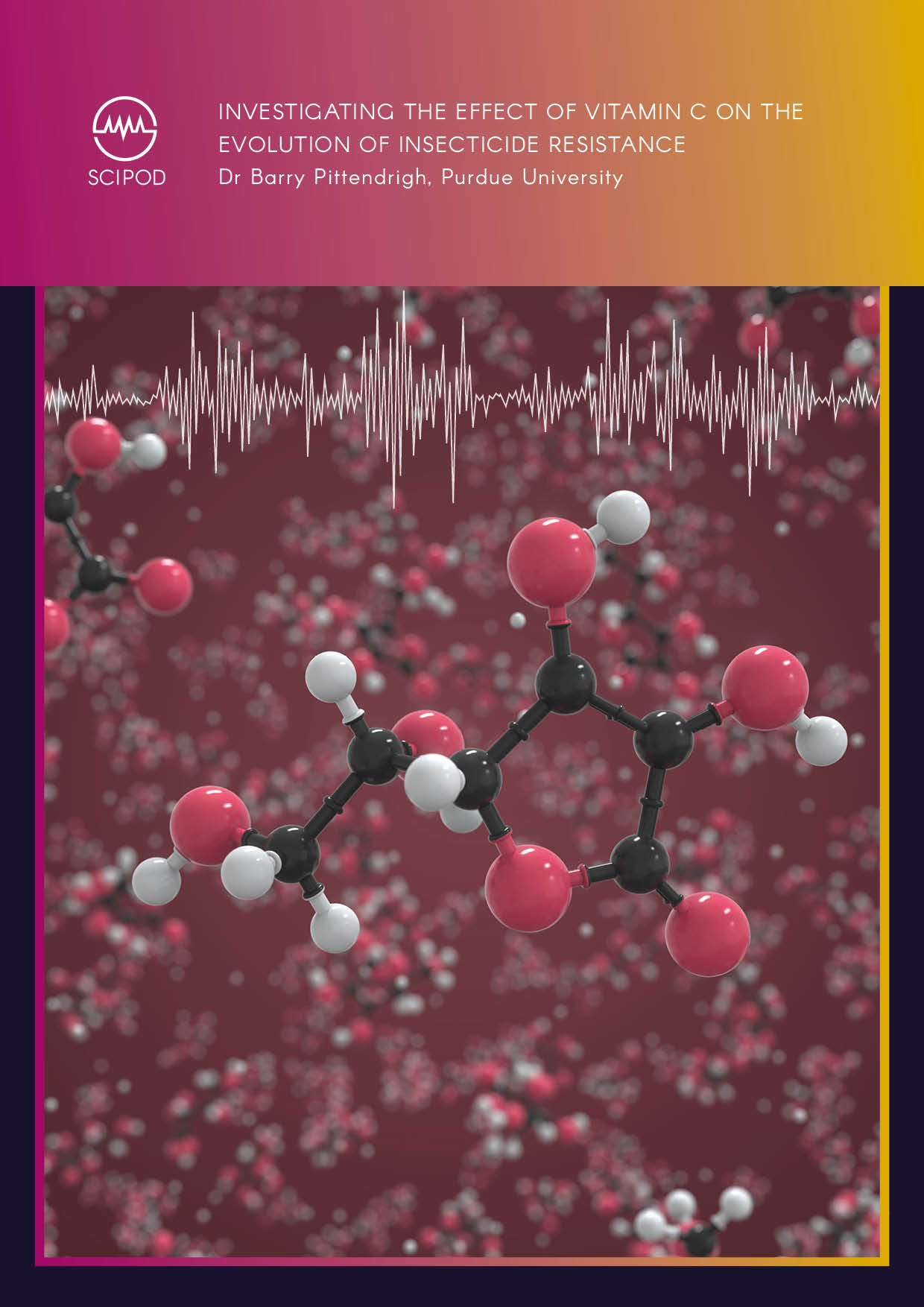
Investigating the Effect of Vitamin C on the Evolution of Insecticide Resistance – Dr Barry Pittendrigh, Purdue University
SciPod · Investigating the Effect of Vitamin C on the Evolution of Insecticide ResistanceOriginal Article Reference This SciPod is a summary of the paper ‘Dietary...
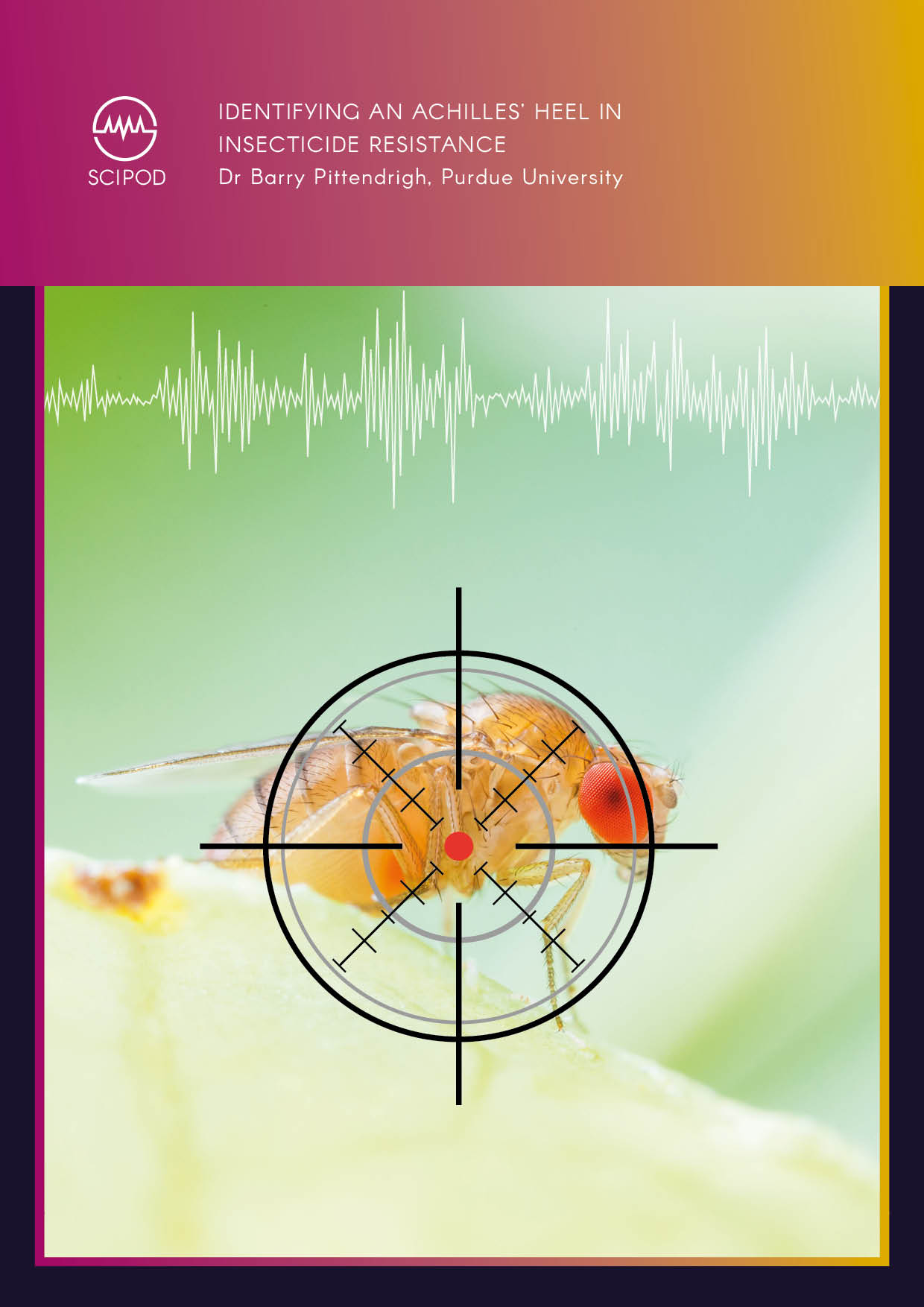
Identifying an Achilles’ Heel in Insecticide Resistance – Dr Barry Pittendrigh, Purdue University
SciPod · Identifying an Achilles’ Heel in Insecticide Resistance - Dr Barry Pittendrigh, Purdue UniversityOriginal Article Reference This SciPod is a summary of the...
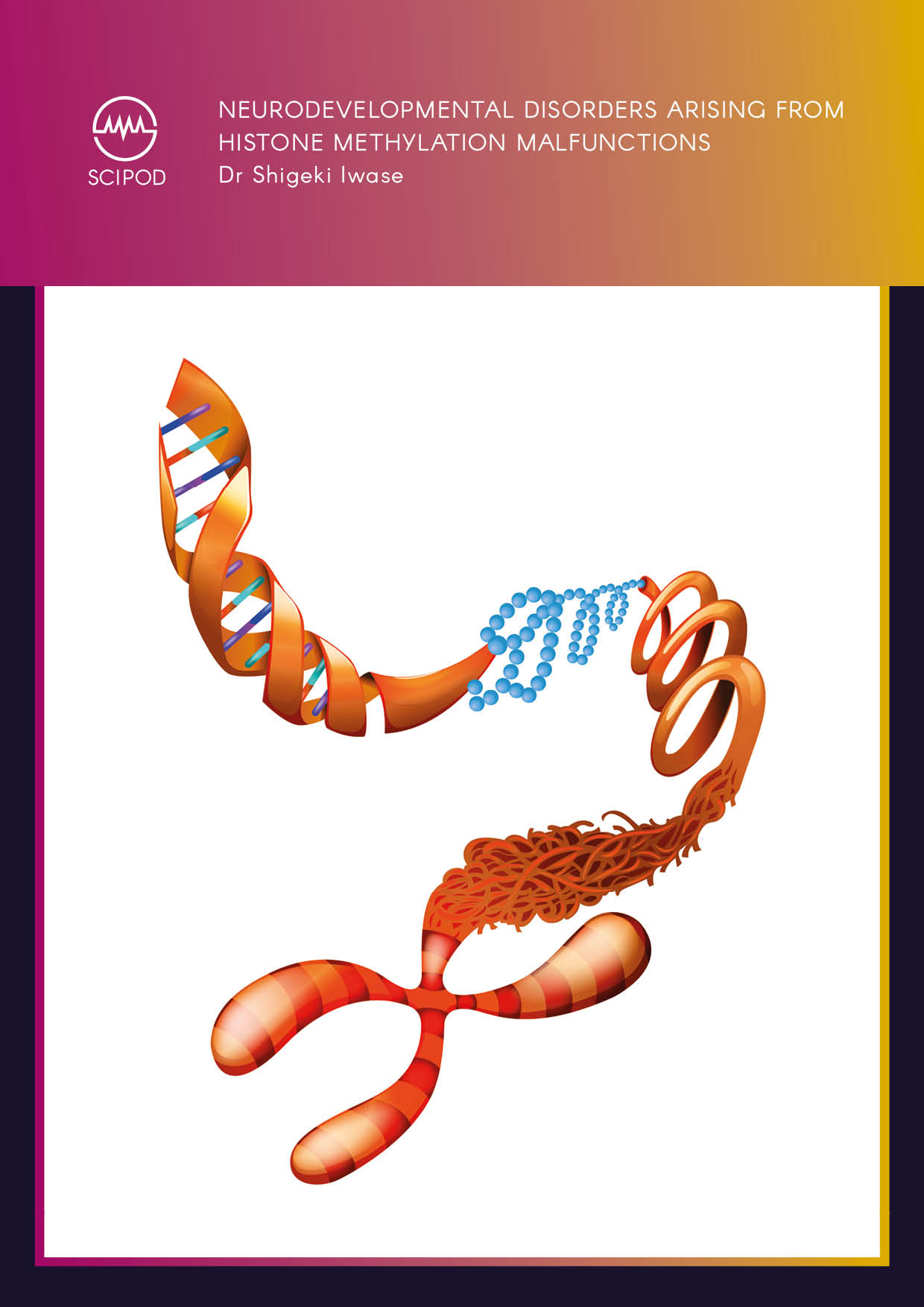
Neurodevelopmental Disorders Arising From Histone Methylation Malfunctions – Dr Shigeki Iwase, University Of Michigan
SciPod · Neurodevelopmental Disorders Arising From Histone Methylation Malfunctions - Dr Shigeki IwaseOriginal Article Reference This SciPod is a summary of the...
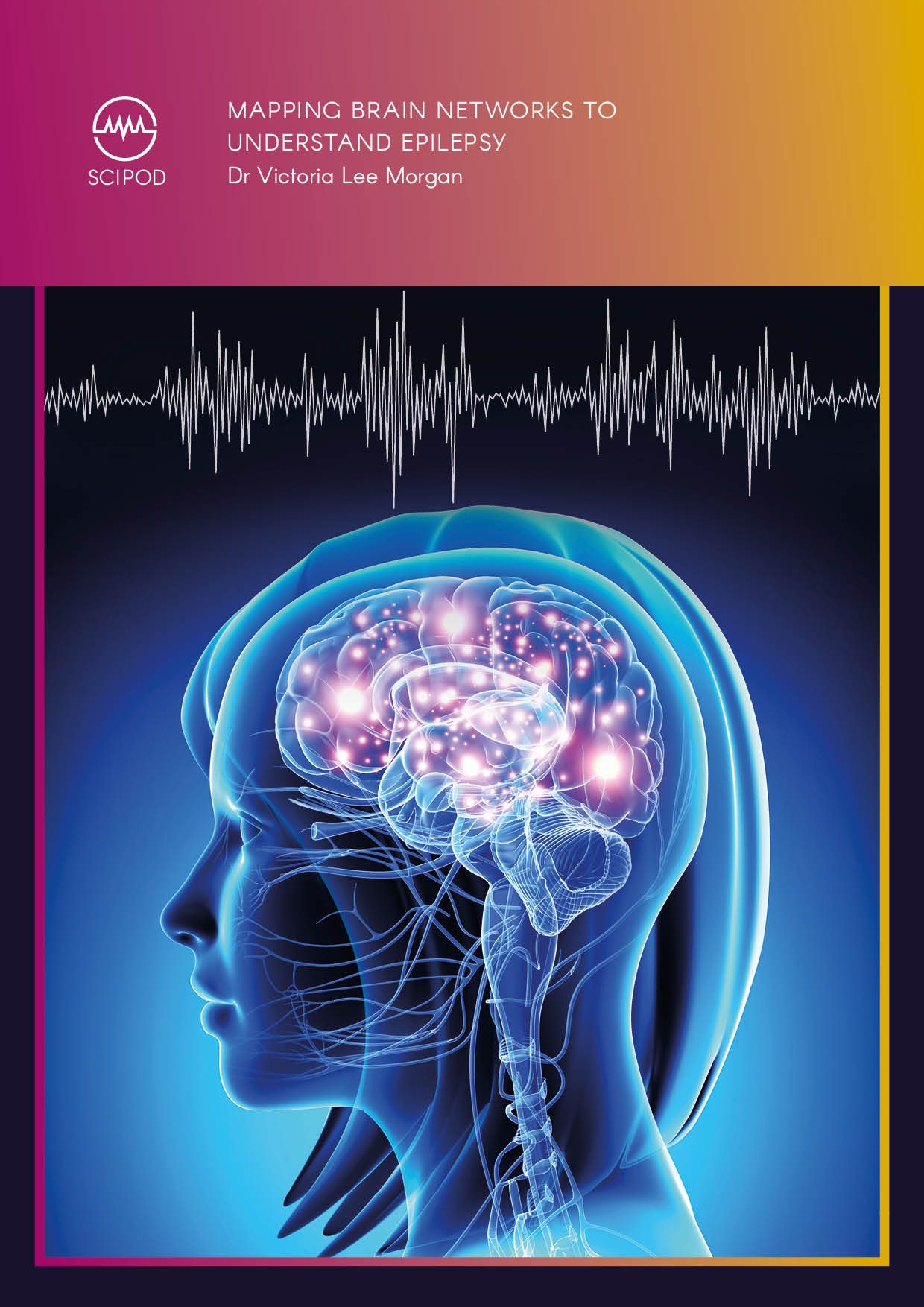
Mapping Brain Networks To Understand Epilepsy – Dr Victoria Morgan, Vanderbilt University Medical Center
SciPod · Mapping Brain Networks To Understand Epilepsy - Dr Victoria MorganOriginal Article Reference This SciPod is a summary of the...

Improving Patient Outcomes In Traumatic Brain Injury – Dr Jack Jallo, Thomas Jefferson University
SciPod · Improving Patient Outcomes In Traumatic Brain Injury - Dr Jack Jallo, Thomas Jefferson UniversityOriginal Article Reference This SciPod is a summary of the...
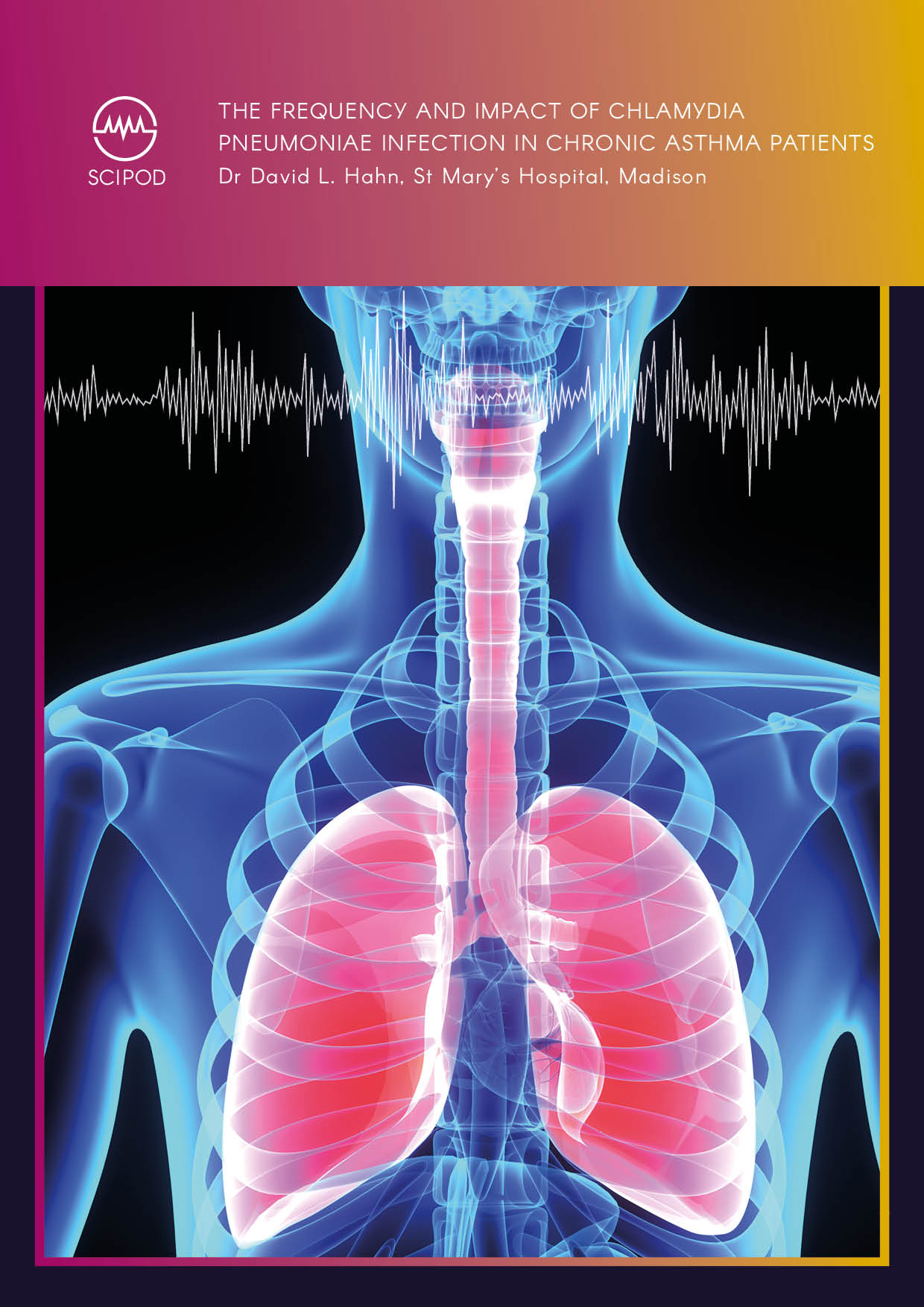
The Frequency and Impact of Chlamydia Pneumoniae Infection in Chronic Asthma Patients – Dr David L. Hahn
SciPod · The Frequency and Impact of Chlamydia Pneumoniae Infection in Chronic Asthma PatientsOriginal Article Reference This SciPod is a summary of the paper...
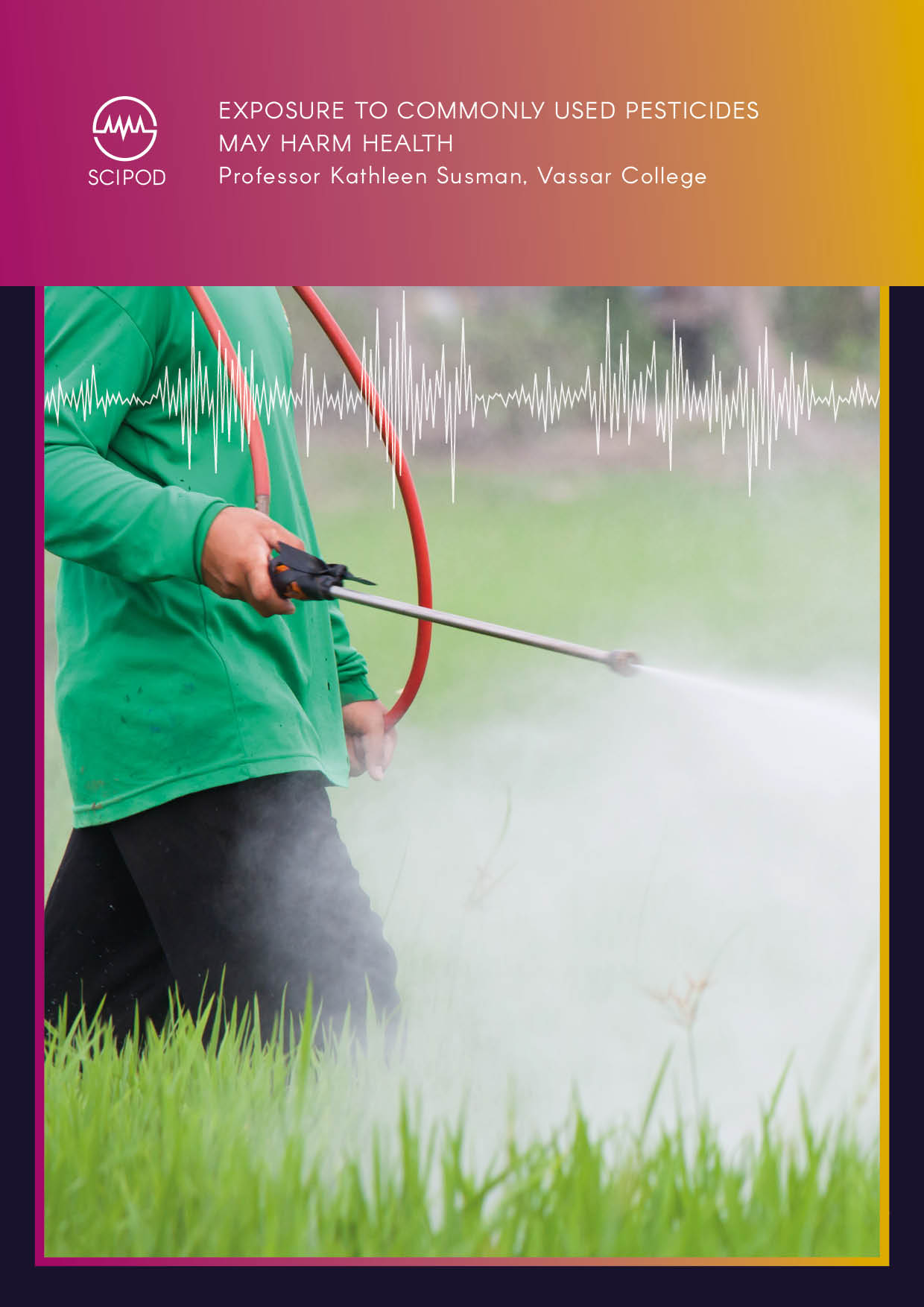
Exposure to Commonly Used Pesticides May Harm Health – Professor Kathleen Susman
SciPod · Exposure to Commonly Used Pesticides May Harm Health - Professor Kathleen SusmanOriginal Article Reference This SciPod is a summary of the paper:...
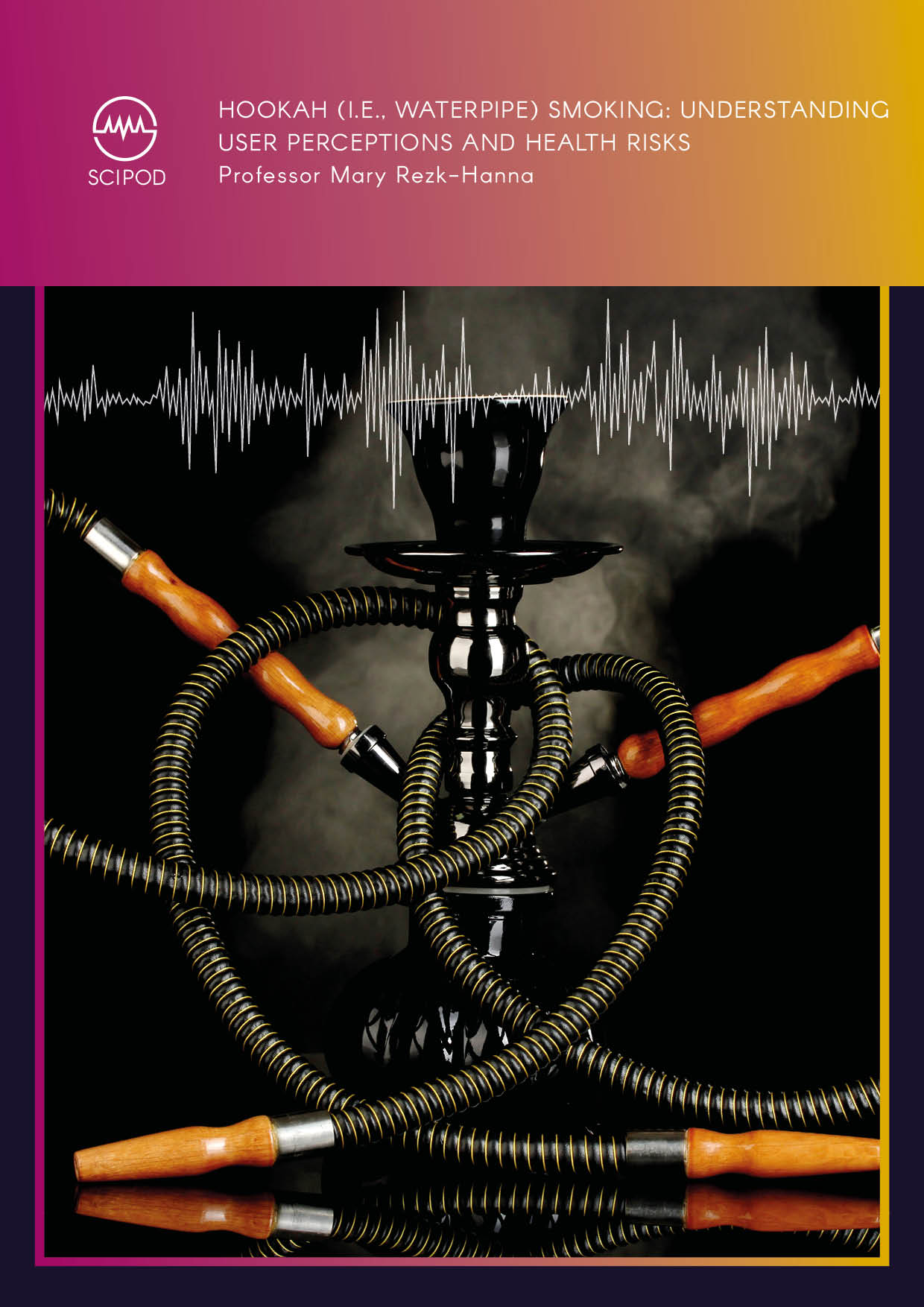
Hookah Smoking Understanding User Perceptions And Health Risks -Professor Mary Rezk – Hanna, University Of California
SciPod · Hookah Smoking Understanding User Perceptions And Health RisksOriginal Article Reference This SciPod is a summary of the...
Increase The Impact Of Your Research!
Explore partnership opportunities
Unwind without the hassle. Enjoy fresh audiobooks, delivered free!
